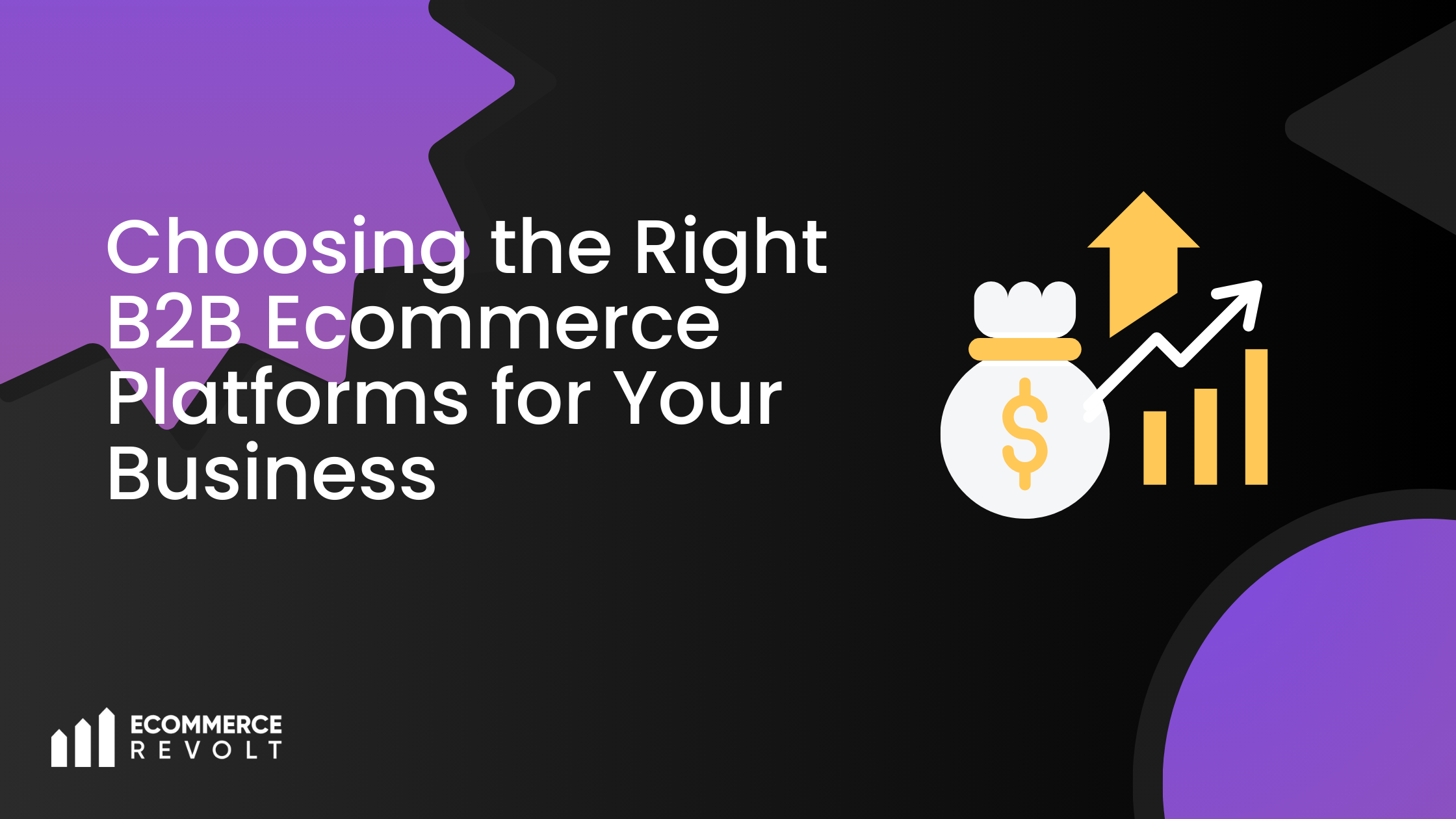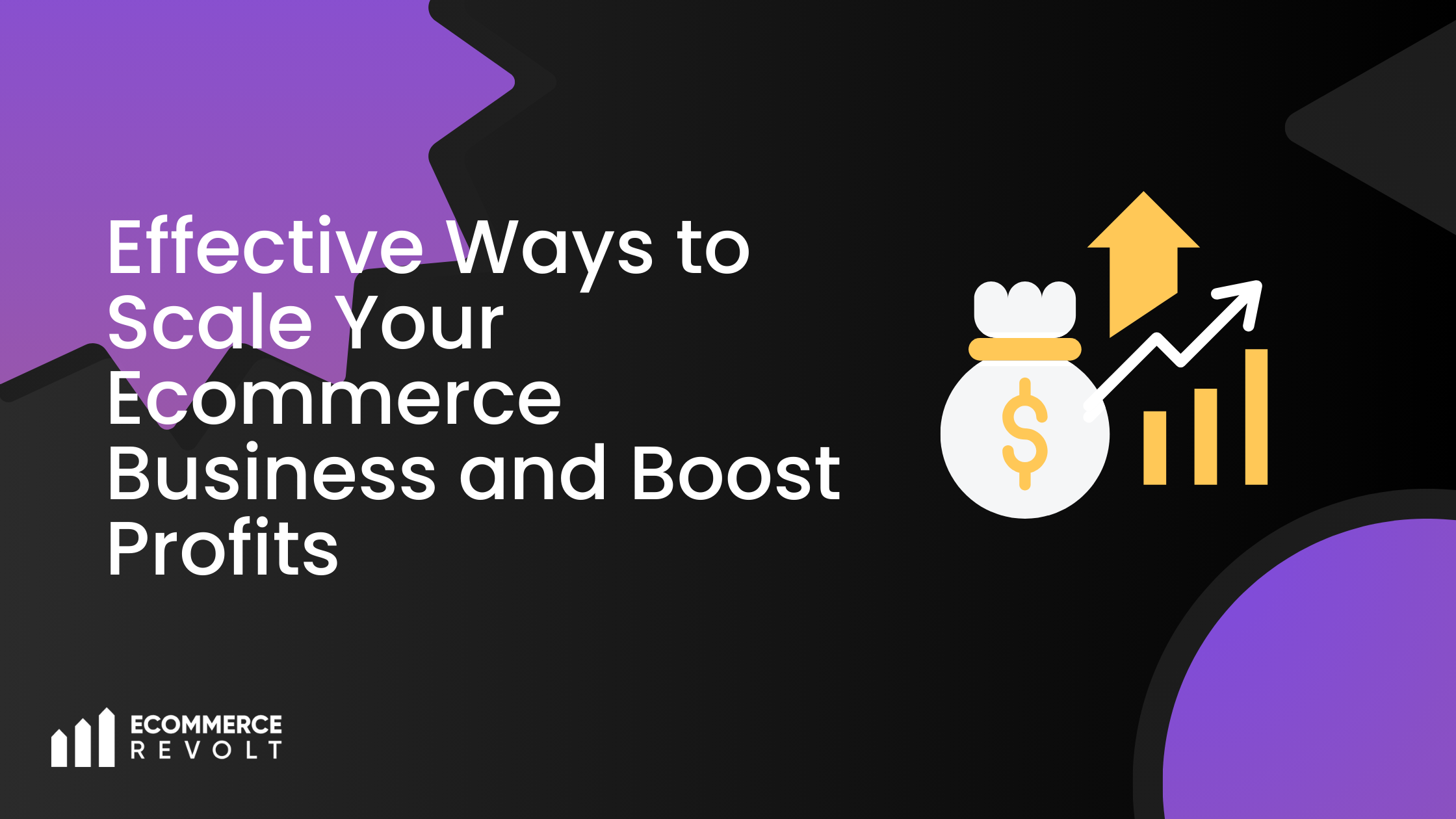Social media can never be left out of your marketing strategy. Algorithms on platforms like Facebook and Instagram help target your ads effectively. These 10 social media tips, tried and tested with our e-commerce clients, provide a practical approach to enhance your online store.
From using user-generated content to optimizing ad placements, these strategies can significantly boost your brand’s online presence. So, let’s dive into this guide and discover the potential of social media for your e-commerce success.
User-generated Content
This method revolves around encouraging customers to produce content associated with a brand’s products or services. In doing so, a brand develops a dynamic community where content creators, often satisfied customers, willingly undertake the role of brand advocates. User-generated content offers an authentic and impartial depiction of products, carrying a considerable influence. It resembles enthusiastic product endorsements by content creators, culminating in heightened brand authenticity and increased conversion rates.
Real-time Interaction with Your Audience
Engage with your followers and potential customers in real time. Reply to their comments and messages promptly. Show them you’re there to help and listen. A friendly conversation can lead to a loyal customer.
If someone comments on your post with a question about a product, respond quickly with the information they need. This can lead to a sale and build trust.
This strategy helps create a more personal connection with your audience, making them more likely to choose your brand.
Optimize Ad Placements
Carefully consider where your ads appear on social media. Focus on ad placements that are most likely to reach your target audience. For instance, if your audience is more active on Instagram, prioritize Instagram Stories and in-feed ads.
By optimizing your ad placements, you ensure your ads are visible where your audience spends most of their time, increasing their effectiveness. Additionally, ensure your ad copy and creative resonate with your audience.
Content Diversification
Consider incorporating a mix of photos, videos, reels, and blog posts. For instance, if you’re in the fashion e-commerce sector, combine photos showcasing your latest collection with short video clips of fashion tips or behind-the-scenes snippets. Stories can be utilized to highlight limited-time offers, while blog posts can delve into in-depth fashion guides.
To execute content diversification, create a content calendar with specific content types and themes for each day or week. Utilize social media scheduling tools to maintain a consistent posting schedule. Regularly analyze the performance of each content type to identify what resonates most with your audience, and adjust your strategy accordingly.
Diversified content ensures that you cater to different preferences and keeps your social media presence engaging and dynamic.
Data-driven Decision-making
Start by setting clear objectives, whether it’s driving more website traffic or increasing product sales. Platforms like Facebook and Instagram Insights provide valuable insights into your audience’s demographics and online behavior.
Track key metrics, such as clicks and engagement. Analyze which posts resonate the most with your audience. Are your ads translating into increased sales? Seek answers through data.
Based on your findings, adapt your strategy. Amplify successful approaches and refine or discard what isn’t working. In essence, data acts as your compass, guiding you towards a successful social media campaign.
Prioritize Engagement
Imagine social media as a bustling marketplace. To attract shoppers, you need to interact, not just display your wares.
Respond to comments and messages promptly. Engage in conversations with your audience. For instance, if you’re an apparel brand, ask your followers about their favorite fashion trends or the type of clothing they prefer.
Create polls, surveys, and quizzes. Encourage users to participate, like voting for their preferred product design or taking a fun personality quiz related to your niche.
By prioritizing engagement, you’re not just broadcasting, you’re building a community around your brand. The more interactive and responsive you are, the more likely followers will become loyal customers.
Influencer Marketing
In social media, influencers are people who have a dedicated following because of their expertise or personality. Partnering with influencers can help your e-commerce brand reach a wider audience.
For example, if you’re in the fitness industry, collaborating with a fitness influencer can expose your products to their health-conscious followers. This process involves finding influencers in your niche, contacting them, and working together.
Influencers can review your products, create content featuring them, or endorse your brand. Their recommendations hold weight with their followers, making influencer marketing an effective strategy to expand your e-commerce brand’s presence on social media.
Shoppable Posts
Shoppable posts are a feature on many social media platforms, including Instagram and Facebook, that allow you to tag and link products directly within your posts.
If you’re a fashion retailer, you can create a post showcasing a new dress, and within that post, you can tag the dress and provide a direct link to purchase it. This simplifies the shopping process for your audience, as they can buy the product with just a few clicks.
The process involves connecting your e-commerce store with your social media accounts, tagging products in your posts, and ensuring that the links lead to the product pages on your website. Shoppable posts make it convenient for users to shop while browsing their social feeds, increasing the likelihood of a purchase.
Video Content
Videos are highly engaging on social media and can significantly boost your e-commerce success. You can create product demos, how-to guides, customer testimonials, or behind-the-scenes videos to showcase your brand and products.
If you sell beauty products, you can create short video tutorials demonstrating how to use them. The process involves planning and creating video content that’s visually appealing, informative, and resonates with your target audience.
Video content is a powerful tool to drive engagement and conversions. Platforms like Instagram, TikTok, and YouTube offer various formats for sharing video content. Incorporating videos into your social media strategy can help your e-commerce business stand out and connect with potential customers in a meaningful way.
Use Stories
you can create stories to showcase limited-time offers or sneak peeks of new products. The process involves using the Stories feature to craft short, visually appealing content that captures your audience’s attention.
The key to successful story content is to make it authentic and relatable. Share moments from your business or demonstrate the human side of your brand. Stories can also include interactive elements like polls and questions to boost engagement.
By incorporating stories into your social media strategy, you can connect with your audience in a more personal and immediate way, fostering a sense of community and excitement around your e-commerce brand.
Conclusion
In conclusion, these tips and tactics provide a solid foundation for your e-commerce brand’s presence on social media. From the power of user-generated content to the effectiveness of influencer marketing and the engaging potential of stories and video content, there are numerous ways to boost your online store’s visibility and engagement.
If you’re looking to supercharge your social media strategy, consider booking a strategy call with Ecommerce Revolt. Our experts are here to provide personalized guidance and help you reach your e-commerce goals. Don’t miss out on the opportunity to transform your social media presence into a thriving asset for your business.








